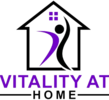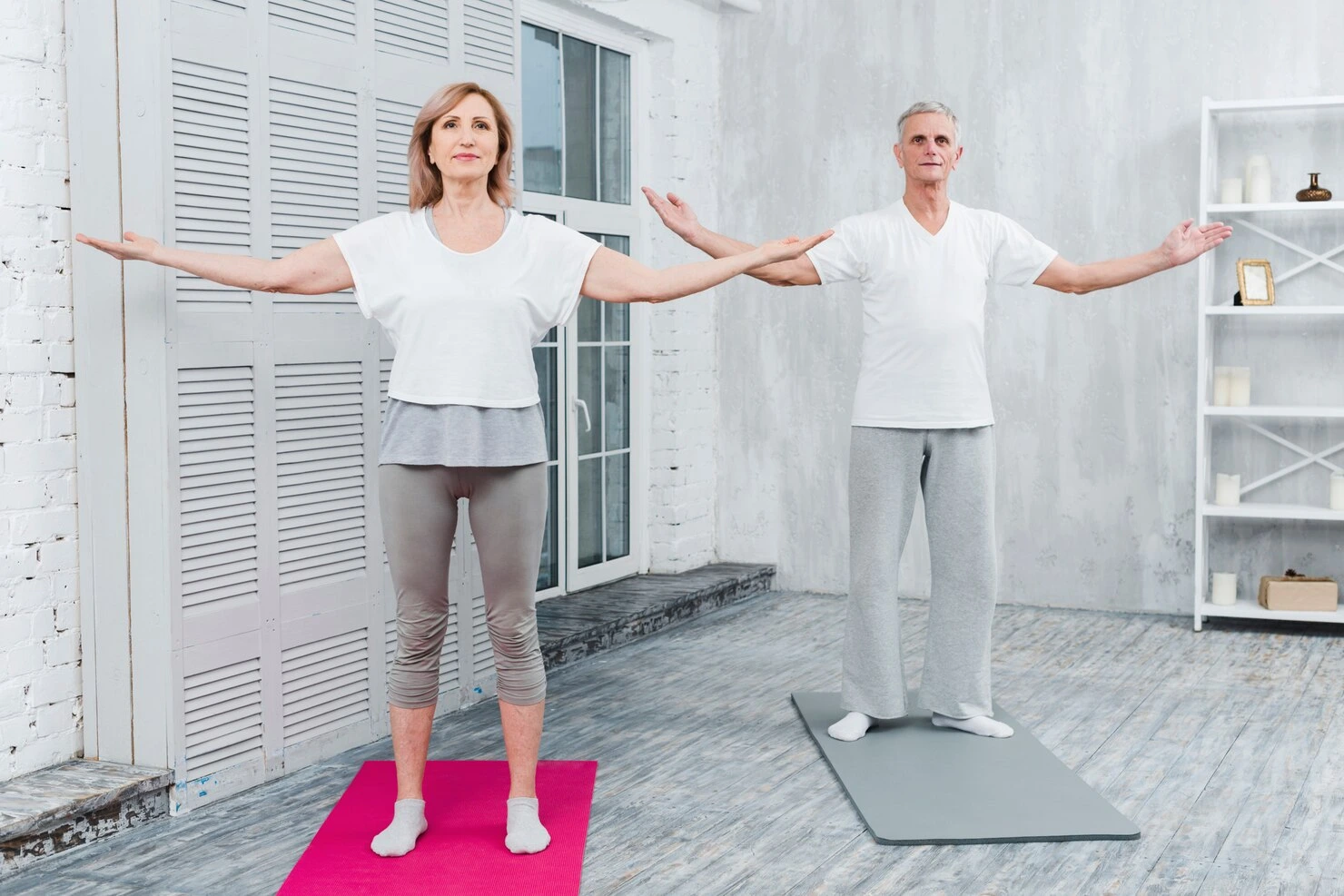The Question I Hear All the Time
During nearly every fall risk assessment in Grand Rapids, someone asks me:
“What’s more important — balance or strength?”
Here’s the short answer: you need both.
The longer answer? That’s what this blog is all about. Because when it comes to staying safe, active, and independent as you age, balance and strength work hand-in-hand.
Why Strength Matters
Strength is the foundation for movement. It powers everything you do — from standing up from a chair to walking across your kitchen or lifting a laundry basket.
But as we age, we naturally lose muscle mass — a process called sarcopenia. According to the National Institute on Aging, adults lose about 3–5% of muscle mass per decade after 30, with the decline speeding up after 60.
When those muscles weaken, everyday tasks become more difficult, reaction times slow, and stability decreases.
The Fix: Targeted Strength Training
Strength training doesn’t have to mean heavy weights or long gym sessions. In fact, research from the American Geriatrics Society shows that even simple, functional exercises build strength and protect against falls.
Here are a few effective options:
● Sit-to-stands – Strengthens legs and core for safer transfers.
● Heel raises – Improves ankle stability for walking and climbing stairs.
● Mini squats – Builds hip and thigh power for balance and mobility.
● Step-ups – Prepares your body for curbs, stairs, and uneven terrain.
Consistency is key. Even 10–15 minutes, 3 days per week can make a noticeable difference in just a few weeks.
Why Balance Matters
Balance is your body’s control center, helping you stay steady in motion and stillness.
Your balance depends on three systems working together:
● Vision: Your eyes help you detect hazards and gauge distances.
● Vestibular system: Your inner ear senses movement and orientation.
● Proprioception: Your joints and muscles communicate your body’s position in space.
As we age, changes in any one of these systems can make you more vulnerable to stumbles and falls.
The Fix: Evidence-Based Balance Training
The CDC’s STEADI Initiative emphasizes that regular balance training reduces fall risk significantly, especially when paired with strength work.
Here are simple, research-backed balance exercises:
● Tandem stance: Heel-to-toe standing for stability.
● Single-leg stands: Builds ankle and hip stability.
● Marching in place: Improves dynamic balance for walking.
● Side steps: Helps with lateral stability for uneven ground.
Why You Need Both Balance and Strength
Here’s the bottom line:
● Balance without strength isn’t enough. You might be able to stand on one foot, but without strong legs, you won’t recover from a stumble.
● Strength without balance isn’t enough. Even strong muscles can’t prevent a fall if your body isn’t coordinated and responsive.
A Real-Life Example
One client — let’s call him Tom — was an avid weightlifter in Grand Rapids but avoided balance training. Despite his strength, he had two falls in one year.
After adding targeted balance exercises and home safety strategies, his confidence returned — and he hasn’t fallen since.
How In-Home PT Bridges the Gap
During an in-home fall risk assessment in Grand Rapids, we look at your whole picture — not just one piece.
Here’s what we do:
● Evaluate balance and gait with proven assessments.
● Measure leg and core strength to identify weaknesses.
● Observe how you move in your real-world environment — stairs, thresholds, and hallways.
● Build a customized plan to improve both strength and balance in a safe, progressive way.
The Role of Everyday Activities
Strength and balance training don’t only happen during exercise sessions — they also happen during daily activities:
● Walking to get the mail.
● Gardening or yardwork.
● Carrying groceries from the car.
● Playing with your grandkids in the backyard.
The stronger and more balanced you are, the easier and safer these everyday activities become.
What the Research Shows
Multiple studies highlight the power of combining strength and balance training:
● The CDC STEADI program emphasizes multi-component programs for maximum fall prevention.
● The National Council on Aging reports that integrated programs can cut fall risk by up to 40%.
● The American Physical Therapy Association recommends balance + strength training as the gold standard for older adults.
A Grand Rapids Success Story
Let’s talk about Mary, a client from Cascade. She avoided stairs after a close call and assumed strength training alone would help.
During her fall risk assessment, we found her balance needed just as much attention. We created a plan with:
● Strength training for her legs and core.
● Daily balance drills.
● Small home modifications for safety.
Within two months, she was confidently using the stairs again. She said, “I feel like my house is finally working with me, not against me.”
How to Build a Balanced Program
Here’s how to start incorporating both balance and strength into your weekly routine:
1. Schedule a Fall Risk Assessment
A thorough assessment shows you exactly where your strengths — and your opportunities — are.
2. Start Small
Try pairing 5 minutes of balance work with 5 minutes of strength training each day.
3. Progress Gradually
Your plan should grow with you — adding complexity safely as your strength and coordination improve.
4. Be Consistent
Aim for at least three sessions per week for lasting results.
Your Action Plan
1. Call Vitality At Home at 616-644-9155 to schedule your fall risk assessment in Grand Rapids, MI.
2. Start your customized balance and strength plan right away.
3. Make small, consistent changes in your daily routine.
4. Check in with your PT regularly to update and progress your plan safely.
The Bottom Line
Aging well isn’t about choosing between balance and strength — it’s about building both, so you can keep doing the things you love with confidence and independence.
Don’t wait for a fall or a close call to make a change. Call 616-644-9155 or visit www.vitalityptgr.com to schedule your in-home fall risk assessment today.



